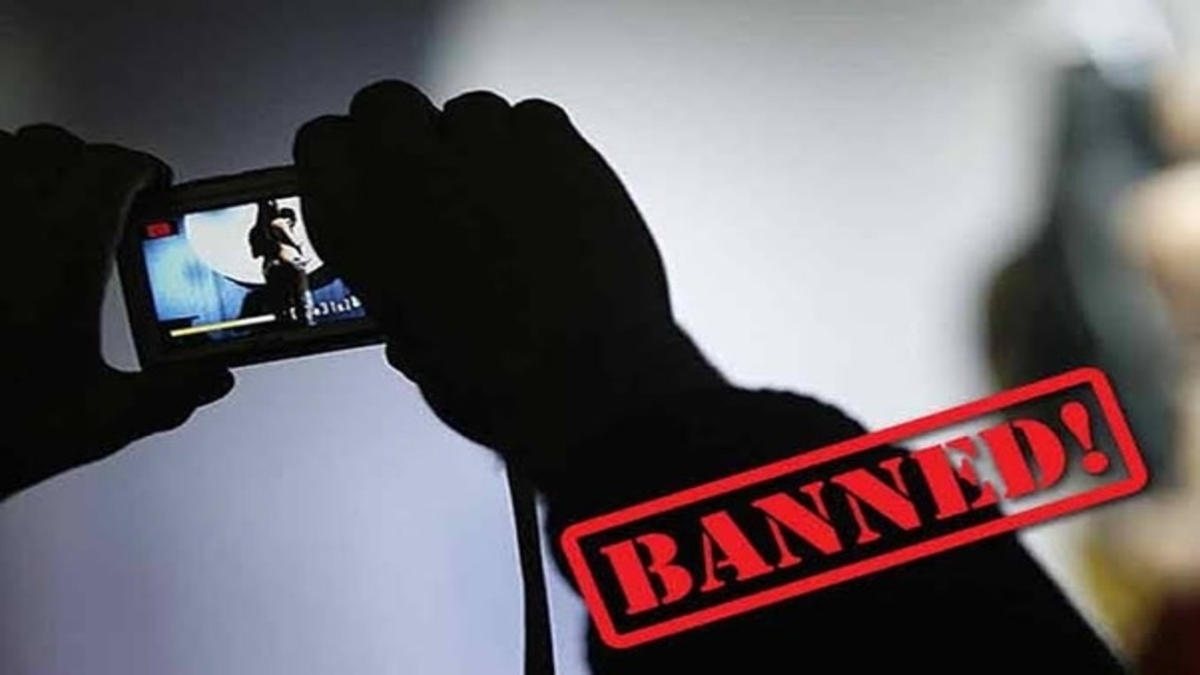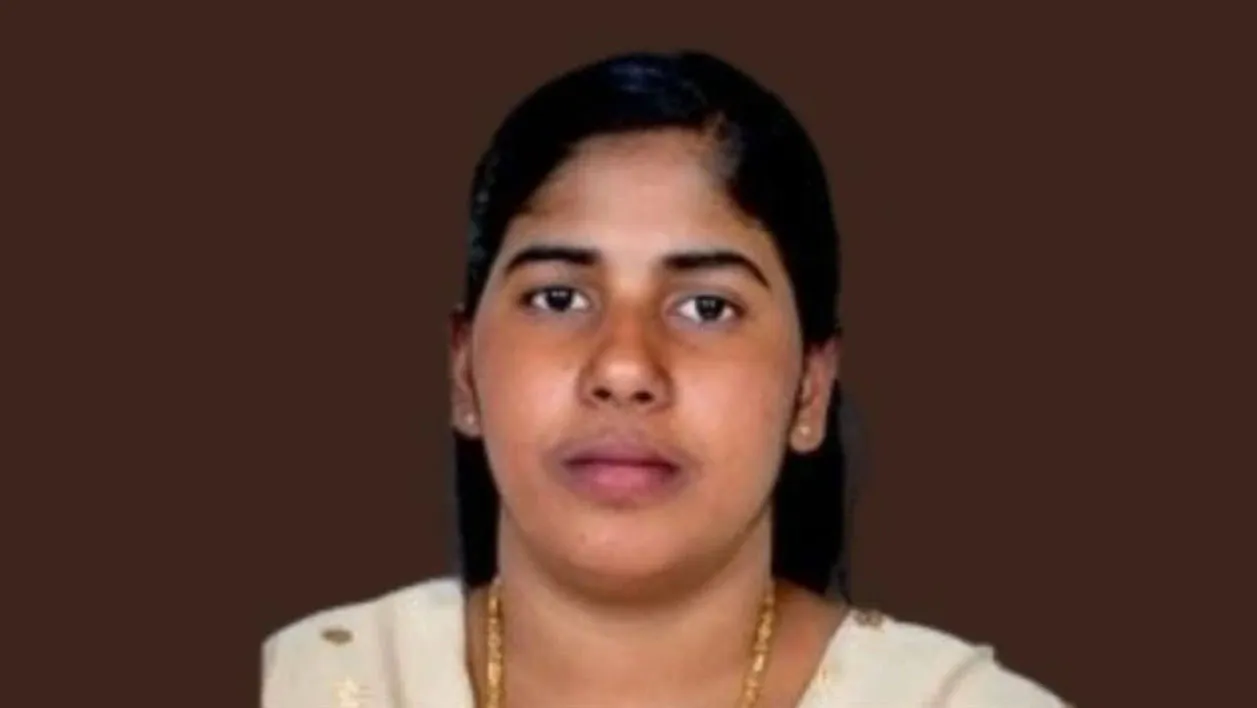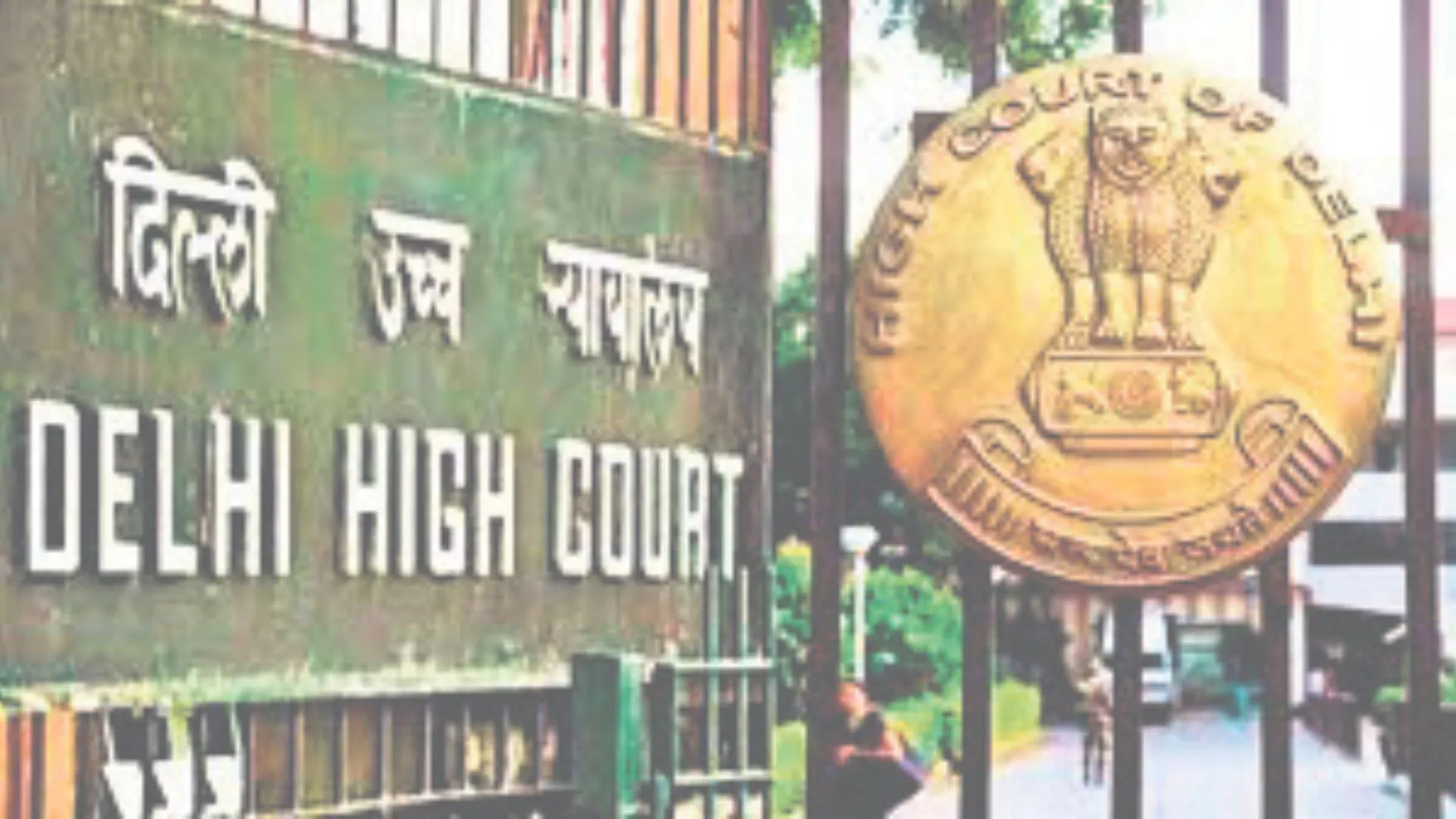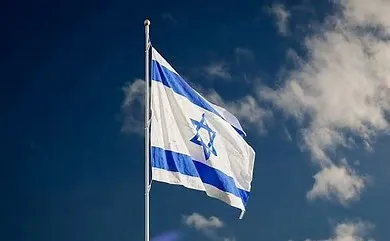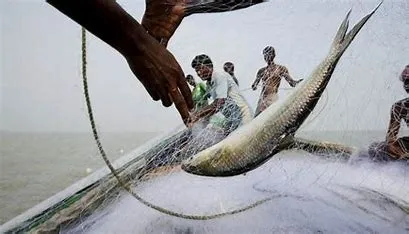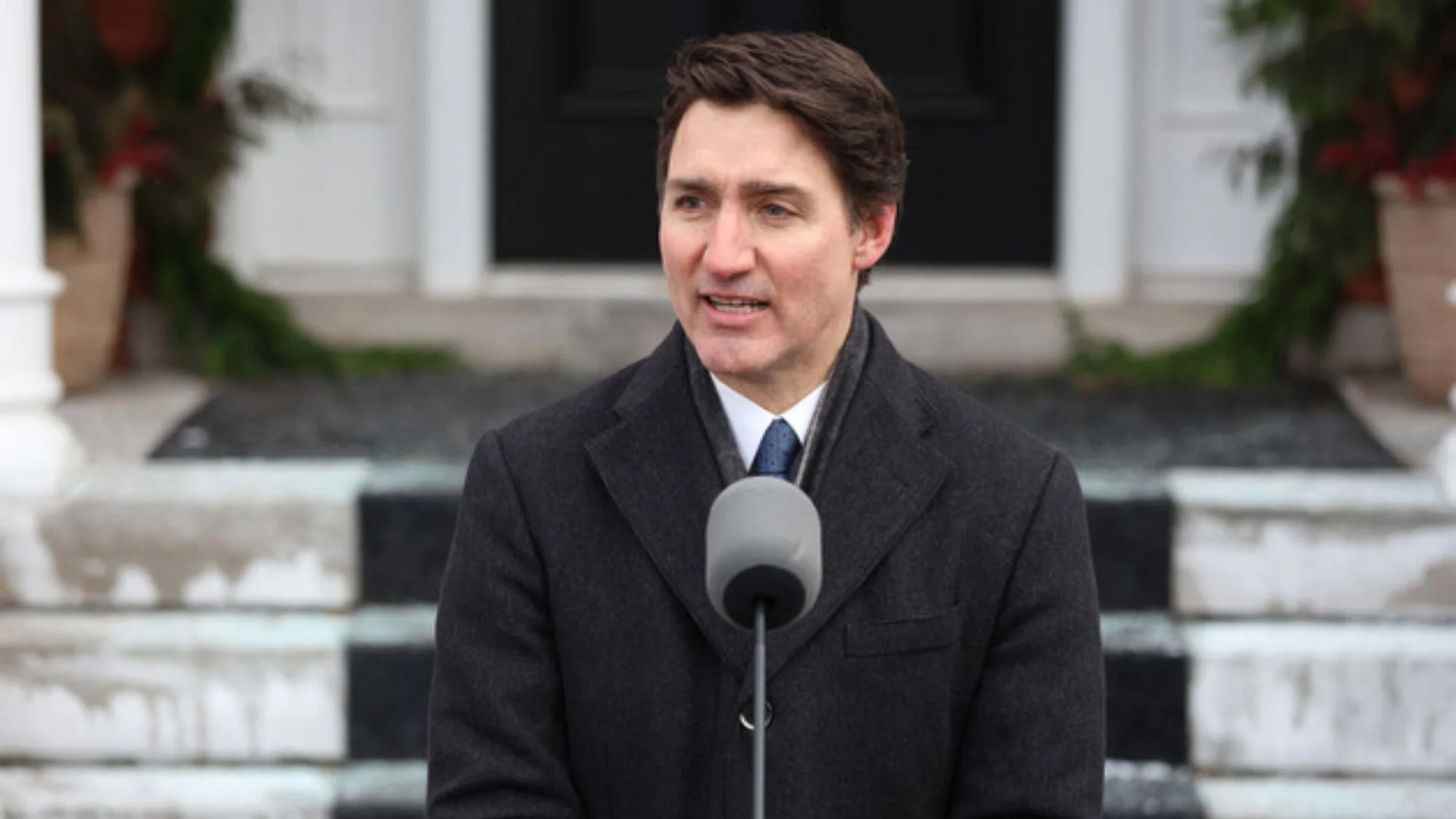The recent arrest of Shilpa Shetty’s husband, Raj Kundra, in a case related to porn films, has again stirred up the usually-closeted conversation on the legality of pornography with regards to the community standard. The general meaning of pornography is the depiction of erotic behaviour, by print, visuals, books, films, writings, or any form of literature and other media, intended to cause sexual excitement. Some consider pornography as a mere display of pleasure and find it a social evil. Whereas, another section of society thinks of pornography as a form of art. As one of the purposes of the creation or consumption of any art form is to achieve a sense of gratification and to invoke emotion, pornography is, therefore, not less than art.
The Constitution of India has guaranteed the fundamental right of freedom to speech and expression and has considered this as a “basic human right” and “a natural right.” It embraces the idea of dissent and freedom of propagation of ideas for a healthy democracy. The right to express freely also comprises the right to artistic freedom. Porn films could be brought under the ambit of artistry. However, the fundamental right mentioned in Article 19(1)(a) is subject to reasonable restrictions as it is not an absolute right. Article 19(2) states those restrictions.
In Devidas Ramachandra Tuljapurkar v. State of Maharashtra, AIR 2015 SC 2612, the court held that artistic freedom is not absolute or limitless, it is subject to restrictions that may be in the interest of public decency and morality. In Rangarajan v P Jagjivan Ram, (1989) 2 SCC 574, the Supreme Court justified the pre-censorship of a film because films can disturb and arouse feelings and has as much potential for evil as it has for good. Hence, a film cannot be allowed to function in a free marketplace just as the newspaper or magazines do.
DECENCY OR MORALITY: A REASONABLE RESTRICTION
Under Article 19(2), one of the reasonable restrictions against freedom of speech and expression is decency or morality. However, the terms denote a kind of vagueness as there is no permanent meaning for ideas about decency or morality. It varies from time to time and from society to society, depending on the contemporary standards.
Even the sections from 292 to 294 of the Indian Penal Code have listed out selling obscene books, selling obscene things to young persons, committing an obscene act, or singing an obscene song in a public place as an offence.
The test of obscenity was laid down in R v Hicklin, LR 3 QB 360 and Ranjit D Udeshi v. State of Maharashtra, ibid, whether the tendency is to deprave and corrupt those whose minds are open to such immoral influences, and into whose hands a publication of this sort is likely to fall.
In Chandrakant Kalyandas Kakodkar v. State of Maharashtra, AIR 1970 SC 1390, the Court tried to create a distinction between pornographic content and artistry work.
Only through this restriction can one try to find a rationale behind the banning of even certain adult films like Dirty Grandpa, Fifty Shades of Grey and The Girl with the Dragon Tattoo. Although these lines were getting blurred and OTT platforms were a massive contributor to the freedom of artistic expression, the Information Technology (Intermediary Guidelines and Digital Media Ethics Code) Rules, 2021, are likely to change the situation soon.
LAW ON PORNOGRAPHY
While looking at the centuries-old Indian Penal Code or the modern Information Technology Act, consumption of pornography is no offence, even there is no charge of abetment of obscenity mentioned anywhere. This is so because the law respects the right to privacy. The Supreme Court, in 2015, noted that watching porn in privacy is no crime, and passing an interim order to ban porn websites will be a violation of the right to privacy under Article 21 of an individual. Porn can be accessed in private, but it is banned in cyber cafes too.
PORN BUSINESS
The law is intolerant towards the supplier or producer of obscene material. If a user does more than consuming porn, then, he can be held liable under the IT Act. Not just publishing, but also transmitting obscene material is a punishable offence under Sections 67 and 67A of the aforementioned Act. Child pornography of all forms is unsparing and punishable under Section 67 B of the Act and Section 14 and 15 of the POCSO (Prevention of Children from Sexual Offences) Act.
The Department of Telecom had banned almost 857 porn websites, but the websites that did not promote child pornography were not banned. The ban was criticized by many that the government was depriving the adults of the harmless freedom of watching porn.
It could be stated that the business of pornography, creating and producing porn films, and the right to choose prostitution as a profession by a woman can be included under the ambit of Article 19(1)(g) that provides the right to practice any profession or carry out any trade or business. However, this right is not absolute and is subject to restrictions stated in Article 19 (6) of the Constitution.
The Government can meddle with the fundamental right to practice any trade, business, or profession by imposing reasonable restrictions for the interest of the general public. When society’s interest is kept in mind, its effect on the public and passage of time is considered. There are still several debates happening whether a prostitute can fall under Article 19(1)(g). However, due to other challenges that society faces, like child trafficking, increased sexual crimes, outraging the modesty of women, etc., the porn industry, although contributing a huge chunk to the Indian economy indirectly, is in a gray area as the legalities are mentioned nowhere.
The pornography industry has two types of porn – soft-core and hard-core. Hard-core is the one that involves complete nudity and a clear show of sexual acts, whereas, soft-porn does not involve complete nudity as such but consists of enough sexual and arousal content that satisfies to be termed as pornography. In India, where the market of hard-core porn is constricted, soft porn is sold through numerous resources including Indian-based OTT platforms.
Decades ago, one of the famous filmmakers – Alfred Hitchcock once said that sex sells. The same formula of creating soft porn is applied even now by content creators under the garb of artistic freedom. Ekta Kapoor’s ALT Balaji was in news recently for its controversial series XXX Season 2 as an FIR was filed against it. Highly erotic content is absorbed by the Indian audience day in and out through platforms like Primeflix, Kavita Bhabhi, Gup Chup, Wife in a Metro, and Ullu and yet, there is no regulatory mechanism in place for the same.
CONCLUSION
Several countries have a legal system in place to regulate pornography. Some countries even promote the industry and look at it as a source of earning money in the international market. Such a mechanism may be difficult to adapt in the Indian scenario due to socio-cultural reasons. However, to curb the rise of cybercrimes related to pornography among youth, awareness and transparent sex education, along with initiatives to create an environment of learning is necessary. The law must lend its helping hand in the growth and development of the young generation by acknowledging the natural urge and hormonal changes of the body and give a legitimate solution by including the stakeholders in the conversation.

